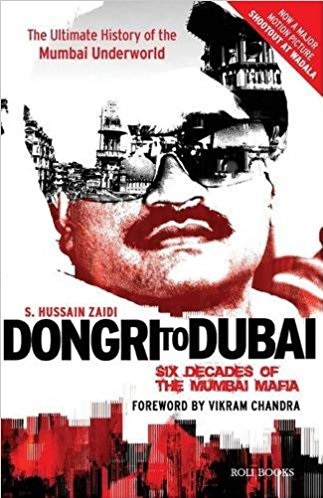This week we feature the current favorites and obsessions of A. Yerramilli, a business analyst and part-time amateur historian with a severe wanderlust (for ancient ruins in particular) currently residing in Astoria, Queens, NYC. When not devouring vegetarian biryani, or wandering NYC’s labyrinths, he can be found ranting about ancient history, diasporic dichotomies, “the rat race” and leftist (geo)politics at @ABG0509. Find him on Instagram at @anihilism.
1. U. Srinivas on the electric mandolin
When I’m not listening to hip hop, I’m listening to South Indian/Carnatic instrumentals — the music I was indoctrinated with throughout childhood on the way to school, Saturdays/Sunday mornings, cleaning the house, road trips etc. My favorite instrument is the electric mandolin, which to my untrained ears sounds like the mix of an electric guitar, violin, and veena. No one is better than the late U. Srinivas, considered the Mozart of classical Indian music. Find his album The Strings Sing and more of his music on Spotify.
2. Dongri to Dubai: Six Decades of the Mumbai Mafia
This book written by S. Hussain Zaidi, with a foreword by Vikram Chandra, takes you on a gripping fast-paced ride through the murky links between Mumbai’s criminal syndicates and their six decade “relationship” with Bollywood — all your favorite stars are mentioned. The true “star” however, is Dawood Ibrahim, the former son of a Mumbai police constable who later became the head of a worldwide crime syndicate spanning from Dubai to Pakistan, Singapore, Malaysia and the shores of Australia. He is believed to have been the mastermind of the 1993 Mumbai bombings that killed 275 and was named a “global terrorist” by Interpol in October 2003. Location currently unknown.
3. Ellora Caves
Ellora — a UNESCO world heritage site and the largest monolithic structure in the world — is located near the city of Aurangabad, 190 miles east-northeast from Mumbai. An exposed cliff, two kilometers long, contains the hand carved, rock cut cave temples of Ellora, thus making it a giant free standing sculpture rather than architecture. The main attraction is the Kailasanatha temple (Cave 16) and its construction is attributed to Rashtrakuta king Krishna I in 756-773 CE. It is notable for its vertical excavation — carvers started at the top of the original rock and excavated down!
According to contemporary copper plate inscriptions from that time, “even the Gods were moved to favorable comment and marveled how mere mortal hands could produce such celestial beauty!” Centuries later, Mughal emperor Aurangzeb exclaimed “Ellora/Ajanta is one of the finely crafted marvels, of the real, transcendent Artisan (i.e., God)” when describing the caves/frescoes at this somewhat hidden wonder of India.
4. Sankara Eye Foundation
Sankara Eye Foundation is a charity that my family has been in involved with for some time now (to be honest, my mother and sister deserve most, if not all of the credit). Our goal is to bring vision 20/20 by the year 2020 to the economically disadvantaged people all over India who suffer from curable blindness by establishing 20 replicable and sustainable Sankara eye hospitals all over India. Each hospital in India offers a full range of eye care services including for cataracts, refractive errors, glaucoma, corneal blindness, laser vision correction, diabetic retinopathy, ocular oncology, pediatric ophthalmology, and eye banking. SEF, India is a 38 year-old charitable eye care trust, the largest charitable eye care institution in the developing world, and recently completed over one million totally free eye surgeries in India. It performs over 500 free eye surgeries every day.













